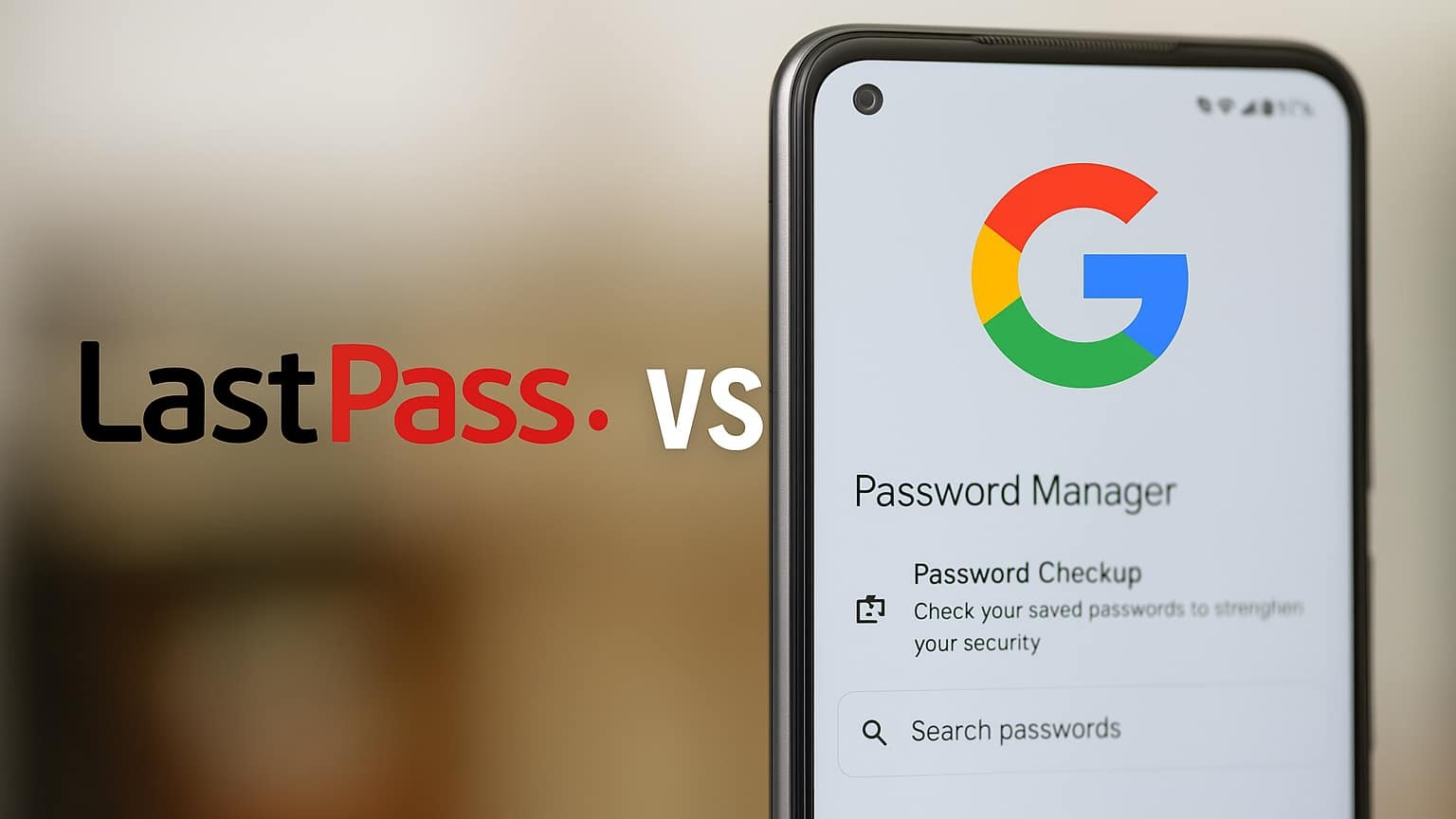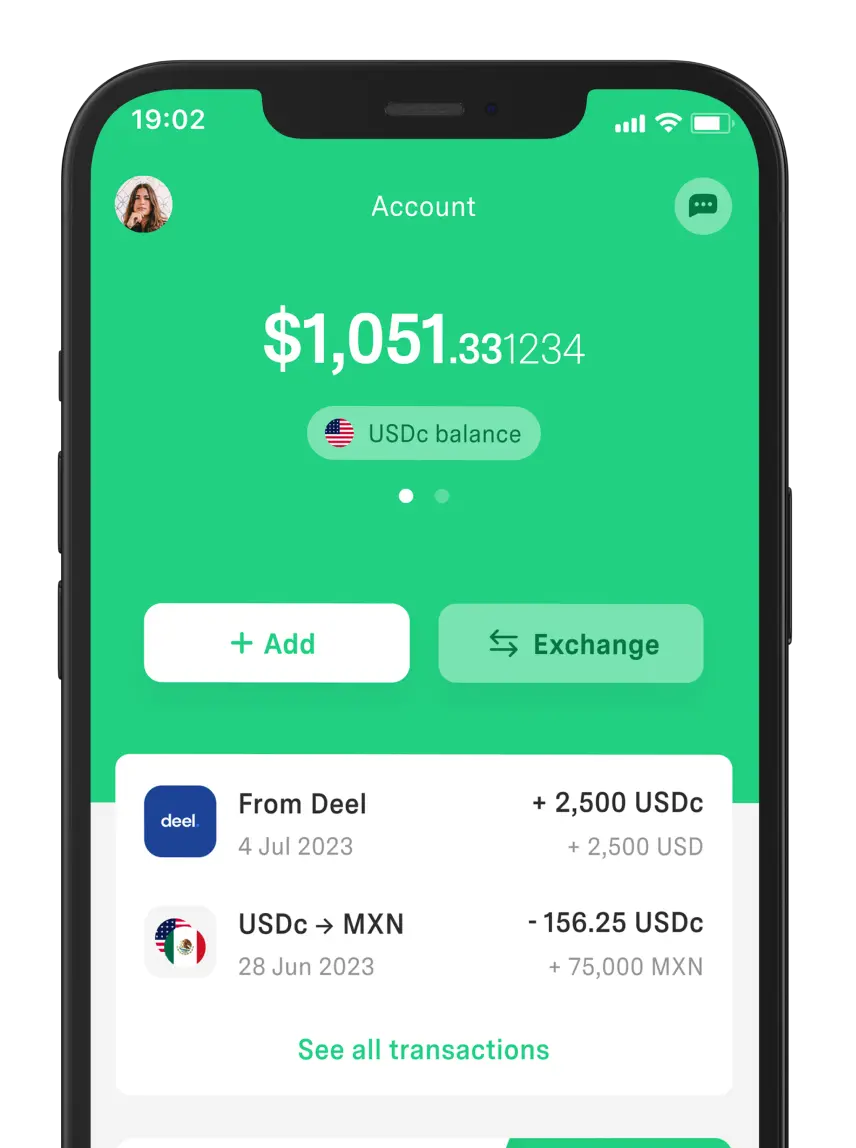 Freelancer tips
Freelancer tips Johari Window: What it is, what it’s for, and how to use it (with examples)
Struggling to understand how others see you? The Johari Window reveals what you're missing—and what you need to change now.



Do you often forget your banking, social media, or email passwords? LastPass and Google Password Manager are useful password managers so you don’t have to remember them—especially if you manage multiple accounts for your business or need to share them in your freelance work.
However, choosing a reliable manager is just as important as the password itself. That’s why today we’re giving you a comparison of both managers and the advantages each offers. In the end, you’ll discover for yourself which one fits your routine better—LastPass or Google Password Manager.
So, if you want to save time researching everything on your own, keep reading.
It’s Google’s native password manager, built directly into Chrome—on both desktop and Android, and even iOS if you set it as your autofill provider.
The main features of Google Password Manager are:
Direct integration with Chrome. Activates on devices and browsers when you sign in to your Google account.
Smart autofill. Automatically fills in your credentials on websites and apps.
Password checkup. Scans for weak, repeated, or leaked passwords and recommends changing them through its Password Checkup feature.
Verification. Before autofilling passwords on Android devices, it requires your fingerprint, facial recognition, or PIN (applicable for Chrome 139).
Additionally, Google Password Manager doesn’t require extra installations or extensions.
It’s also a password manager but independent, making it more comprehensive. However, to use LastPass you’ll need a browser extension as well as app downloads for Android and iOS systems.
Its main functions include:
Secure password generator. Creates long, random, and hard-to-crack passwords.
Works on any device. Available for Windows, macOS, Android, iOS, and browsers like Chrome, Opera, Firefox, Edge, and Safari.
Password audit. Scans your vault to identify weak, reused, or compromised passwords and offers suggestions to improve them.
Multi-factor authentication (MFA). Lets you add multiple security layers when logging in, offering more protection than traditional 2FA.
Secure folders and encrypted notes. Passwords can be organized by category, and sensitive information like licenses, documents, or software keys can be stored.
Both password managers can generate and store secure, unique passwords across various sites and apps. However, we need to compare Google vs. LastPass more closely to determine your best choice in 2025.
Feature | Google Password Manager | LastPass |
Security | End-to-end encryption for passwords and passkeys. Alerts for vulnerabilities via Password Checkup. Autofill protected with biometrics/PIN on Android and the new Chrome. | Advanced zero-knowledge encryption model—no one has access to your keys. Multiple security layers with modern methods like FIDO2. Breach alerts, Dark Web monitoring (paid plans). |
Sync | Unlimited in Chrome and Android via your Google account. On iOS, if using Chrome. | Limited in the free plan (one device type) with 3 changes allowed. All devices with Premium. |
Password sharing | Share credentials with one Google Family Group member. | Secure, integrated sharing—send individual credentials or folders. |
Price | Free for any Google account user. | Free plan (limited): $0. Premium: $3/month. Families: $4/month. Teams: $4.25/user/month. Business: $7/user/month. Business Max: $9/user/month. Annual billing. |
Advanced features | Security checkups. Login with physical key like Google Titan. Family group password sharing. | Zero-knowledge security model. Dark web monitoring. Cross-device sync. Multifactor authentication. Corporate policies and SSO (Business plans). |
The main advantage is accessibility—it’s available to anyone using Google products like Gmail, Google Maps, Google Drive, the Chrome browser, and Android, and works automatically without setup.
Other advantages include:
No paid plans or premium versions—100% free, just log in to Google.
Syncs passwords across phone, tablet, and PC to access your account anywhere.
On Android, you can enable biometric verification or create a passkey.
Saves credentials the first time you log into a site and autofills them next time.
Easy to use, without unnecessary features.
That said, it’s more basic than LastPass or other managers like 1Password or Dashlane. Also, while it allows password sharing, it’s not fully secure.
LastPass stands out for flexibility and security focus.
Key strengths include:
Organize credentials into folders, set access levels, and store encrypted notes or files.
Customize how you manage passwords.
Multi-layer protection system.
Works well in browsers, mobile apps, and desktop versions.
Plans for both businesses and families.
Frequent updates and user education to maximize features.
Things to keep in mind?
While LastPass has strengthened security, you should still take extra precautions beyond its authentication protocols. The free plan, while functional, remains limited—the best experience comes with paid plans.
After comparing Google Password Manager vs. LastPass, the answer depends on how much you need to secure your accounts.
Google Password Manager offers the essentials and is integrated into Google. If you don’t need complex configurations, it may be enough.
If you work as a freelancer or run a business where you share or manage many passwords, LastPass offers a more robust environment. It’s cloud-based and designed for detailed control with advanced features.
Both save you time by not requiring you to enter data every time you visit a site. In any case, you can explore other password managers and compare their security, features, and transparency.
LastPass and Google Password Manager are tools to create, store, and protect your credentials, but they serve different user profiles. That’s why it’s important to first identify your needs.
Google Password Manager is a basic daily solution, while LastPass is a stronger defense against hackers.
Still, protection also depends on enabling authentication systems and keeping your security habits up to date.
At DolarApp, we offer protection for your data and transactions in digital dollars and euros. If you have international clients, download the app to better manage your income.
We also provide a competitive exchange rate for buying and selling USDc and EURc—making it a convenient choice for your foreign currency operations without complications.
They could access any Google-linked service and read, delete, or download files, as well as change passwords for other accounts. To minimize risk, enable two-step verification, register a phone number, and a recovery email.
Yes—despite past incidents, LastPass remains secure, having strengthened its systems. One example is its zero-knowledge encryption, where only you have the key. The key is proper configuration and keeping your vault updated.
Yes, both allow exporting credentials to a CSV file and importing them later. However, some advanced items can’t be transferred via CSV, so you’ll need to reconfigure them manually.

Os países têm fronteiras. Suas finanças, não mais.
 Freelancer tips
Freelancer tips Struggling to understand how others see you? The Johari Window reveals what you're missing—and what you need to change now.

 Freelancer tips
Freelancer tips Aprenda como calcular a rescisão trabalhista no Brasil, seja em caso de demissão sem justa causa ou encerramento de contrato. Explicamos o passo a passo.

 Freelancer tips
Freelancer tips Learn how to stop procrastinating by putting these proven strategies and tips into practice so you can be productive again and focus on what matters.


